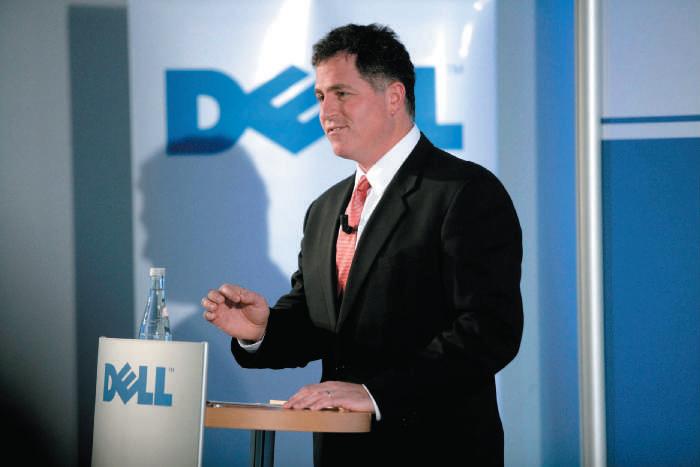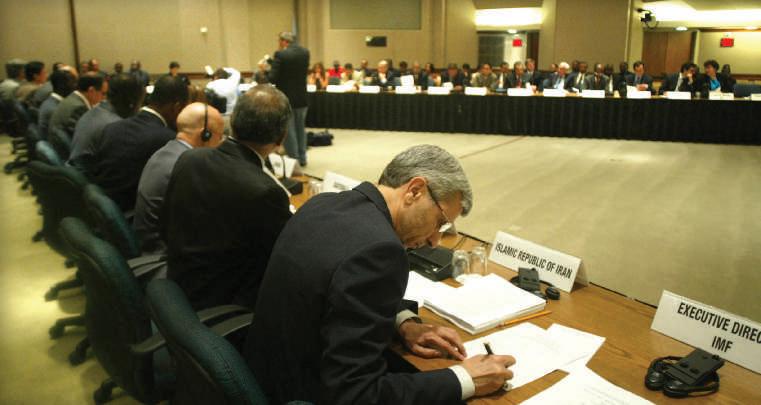174
C h a p t er 7 C orr u p t i o n a n d E t h i cs i n G lo b a l B u s i n ess
same choice. For example, if one believes that copying software rather than purchasing it is ethical, examine the implications of every consumer copying the software. To apply the principle of respect, one would make the choice that treats people with the greatest respect. This implies that one would act toward others in the same way it would be hoped they would act in return. This principle is referred to as the “Golden Rule”: Do unto others as you would have them do unto you. This was the guiding principle followed by Mr. J. C. Penney when he started his company. The J. C. Penney company partners with the Points of Light Foundation each year to bestow upon exceptional people the Golden Rule Award that recognizes excellence in volunteer commitment. Awards are given in four categories: Adult, Youth, Group Volunteer, and Education Volunteer. Winners receive crystal trophies, with cash prizes awarded to the nonprofit agency that was the recipient of the volunteer hours.
7-3b Ethics Codes at Selected Companies Many companies have established a corporate ethics code. In ExxonMobil’s Standards of Business Conduct, company guidelines state that “No one in the ExxonMobil organization has the authority to make exceptions to these policies [on business conduct]. Regardless of how much difficulty we encounter or pressures we face in performing our jobs, no situation can justify their willful violation.”8 Businesspeople need formal standards upon which to base decisions regarding ethical issues, such as information security, personal privacy, use of company resources, care for the environment, and professional behavior. Further steps taken by ExxonMobil to ensure integrity are listed in Exhibit 7.4. Founded in 1919, Halliburton is one of the world’s largest providers of products and services to the oil and gas industries. In just two operating groups, Halliburton employs nearly 70,000 people in 80 countries. Components of Halliburton’s Code of Business Conduct, although not limited to, include expectations that all directors and employees:
• • •
observe the highest form of personal ethics in all business transactions; aspire to fairness in dealings with shareholders and stakeholders alike; and never allow company loyalty or drive for profit to result in illegal behavior.
Well-designed corporate ethics codes, which are monitored and enforced by top management personnel, will help employees to do the right thing in difficult circumstances. Ethics codes cannot guarantee that people will always make the correct choice. Yet, ethics codes and ethics training will help minimize unethical behavior. Further, ethical dilemmas
E x h i b i t 7 . 4 S t e p s t o E n s u r e I n t eg r i t y at E x x o n M o b i l
• •
A substantial majority of the Board of Directors are nonemployees.
•
An independent internal audit staff assesses compliance with policies and procedures and evaluates control effectiveness in about 300 audits conducted annually around all business units.
• •
Steps are taken to assure the independence of both internal and external auditors.
•
Violations are promptly reviewed, communicated upward, and acted upon.
The Board Audit Committee is empowered to investigate any matters brought to its attention and has 100 percent nonemployee membership.
Employees regularly review and discuss expectations and are encouraged to raise questions or concerns.
Source: ExxonMobil, www.Exxonmobil.com.
Copyright 2017 Cengage Learning. All Rights Reserved. May not be copied, scanned, or duplicated, in whole or in part. Due to electronic rights, some third party content may be suppressed from the eBook and/or eChapter(s). Editorial review has deemed that any suppressed content does not materially affect the overall learning experience. Cengage Learning reserves the right to remove additional content at any time if subsequent rights restrictions require it.







































